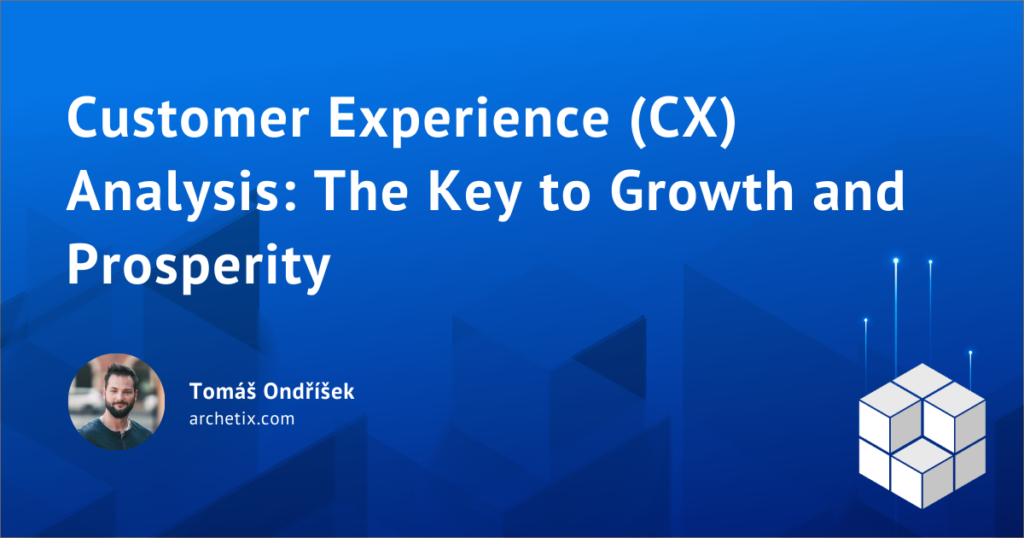Customer Experience (CX) analysis involves collecting and analyzing data about customers’ experiences with a company’s products, services, and brand. This data can come from various sources, including surveys, feedback forms, web and social media analysis, contact centers, and more.
Building customer relationships and brand loyalty is one of the most complex and crucial areas in today’s e-commerce world. CX analysis plays a vital role in this process by enabling companies to collect and analyze data on customer interactions and identify areas for improvement based on this data.
Why is Customer Experience (CX) Analysis Important?
CX analysis is essential for several reasons:
- Improves Customer Experience: By using CX analysis, companies can identify areas where they can enhance the customer experience, leading to increased customer satisfaction, loyalty, and retention.
- Increases Sales and Profitability: Satisfied customers are more likely to make repeat purchases and recommend the company to others, which can lead to increased sales and profitability.
- Reduces Costs: Providing excellent customer experience can help companies reduce costs associated with returns, complaints, and customer service issues.
- Improves Decision-Making: CX analysis provides valuable insights into what customers think about a company’s products, services, and brand. These insights can inform more strategic business decisions.
How to Conduct Customer Experience (CX) Analysis?
Here is a basic overview of how to conduct CX analysis:
- Set Goals: Determine what you want to achieve with your CX analysis.
- Identify Data: Gather the necessary data for your analysis.
- Collect Data: Collect data from relevant sources.
- Analyze Data: Analyze the data to identify trends and patterns.
- Take Action: Use the analysis to make improvements in customer experience.
How Web Analytics Tools Contribute to CX Data
Web analytics tools play a crucial role in collecting and analyzing data about customer experiences. These tools provide companies with valuable insights into how customers interact with their websites and applications, helping them identify areas for improvement.
Some ways web analytics tools contribute to CX data include:
- Collecting User Behavior Data: Tools like Google Tag Manager (GTM) and Google Analytics 4 (GA4) collect data on how users interact with websites and applications, including which pages they visit, how long they stay, where they come from, and what actions they take.
- Tracking Conversions: Web analytics tools can track conversions, such as purchases, newsletter sign-ups, and file downloads, helping companies determine how effective their websites and applications are at achieving business goals.
- Analyzing Survey and Form Data: These tools can integrate with surveys and forms to gather customer feedback, providing companies with better insights into customer needs and preferences.
- Creating Reports and Visualizations: Tools like Looker Studio allow companies to create clear reports and visualizations of CX data, making it easier to understand and identify trends.
Examples of Web Analytics Tools for CX Data
Here are some examples of web analytics tools that contribute to CX data:
- Google Tag Manager (GTM): GTM is a free tag management tool that allows companies to easily add and manage web analytics tags and tracking pixels on their websites and applications.
- Google Analytics 4 (GA4): GA4 is a free web analytics platform. It allows companies to collect and analyze user behavior data on websites and applications. It also provides a comprehensive view of how users interact with digital properties.
- Smartlook: Smartlook allows companies to monitor user interactions with their websites and applications. It does that through session recordings and heatmap analysis, providing valuable insights into user navigation and feature usage.
- Looker Studio: Looker Studio allows companies to create clear reports and visualizations of CX data using a cloud-based data visualization platform. It integrates with GA4 and other web analytics tools, enabling easy report creation from all CX data sources.
Discover how your business is perceived by your customers. Start building their loyalty to unlock better business outcomes. Customer Experience analysis can help, and we are here to assist you!

